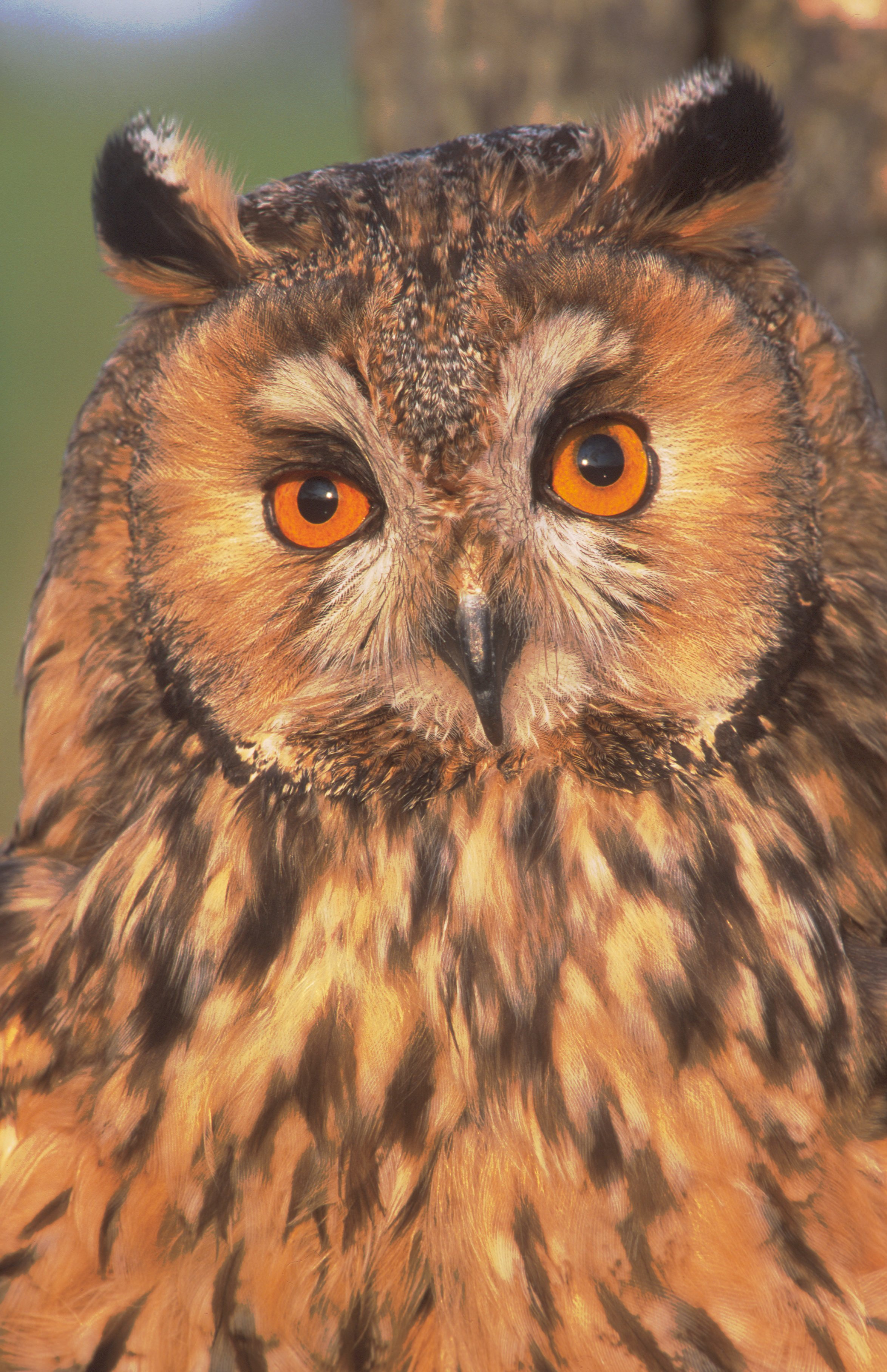Forestry England is calling out for rare and elusive Long Eared Owls
New surveys are underway in the South West of England to study Long Eared Owl populations. It's been a decade since the UK’s rarest breeding owl species were last studied in this area and their numbers are thought to have declined significantly in the past century. Now, Forestry England and the Hawk and Owl Trust are carrying out a major survey of the birds across Somerset, Devon, and Cornwall thanks to Forest Holidays' Conservation Fund.
In a repeat of a 2009 survey, the project aims to give land managers a better understanding of the long-eared owl’s distribution, as well as allowing experts to monitor other nocturnal birds. This improved knowledge will inform future site management and provide an opportunity to engage and educate the public.
Already, children visiting Forest Holidays’ location at Deerpark Forest, in Herodsfoot in Cornwall, have enjoyed the opportunity to join experts for the pre-breeding surveys, learning about the birds and mastering their unique calls for themselves. They say the male call was much harder than the female!
Watch how young volunteers are helping out with the surveys here: https://www.forestholidays.co.uk/about/nature/wildlife/
Long eared owls are the UK’s rarest breeding owl and are very under-studied and under-recorded. The survey technique involves identifying potential nesting areas in each location, playing out long eared owl calls - both male and female - over loud speakers for a minute, then listening in silence for a further minute for their call backs.
So far, the survey has recorded winter calling at three sites, but suitable habitat was recorded at many more. All locations will be revisited during the summer to search for signs of breeding success. Long-eared owlets are noisy and far easier to find than adults.
Peter Devenport, Ecologist, Forestry England said:
“A huge part of Forestry England’s work in looking after the nation’s public forests is managing them sensitively for the wildlife that depends on them. Regular surveys help us build a better understanding of the species living in our forests and, since it’s 10 years since our last comprehensive long eared owl survey in this area, it’s important to repeat the exercise to see how populations and habitats might have changed. This year, we’re also celebrating 100 years of forestry, so it feels like the perfect time for this work. We’ve collaborated with the Hawk and Owl Trust for many years, because partnering with other expert organisations means we can be sure that we’re managing valuable habitats in the best way.”
Chris Sperring, Hawk and Owl Trust, said:
“Long Eared Owls are highly elusive and we don’t know as much about them as we’d like. They are notoriously difficult to survey, which isn’t helped by the remote nature of the areas they inhabit. But Forestry England sites provide ideal habitat for them and, by identifying where birds are, we can advise on how best to protect and conserve them. As well as supporting the species itself, it’s vital to help raise awareness and engage the public whenever possible. This was my first visit to Forest Holidays and I’ve been blown away by the way visitors are exposed to nature during their stay. We need everybody to have that opportunity; it’s so important. It’s the future for us as a species. Without nature, we are lost.”
Jess Robinson, Ecological Co-ordinator at Forest Holidays said:
“Forest Holidays is dedicated to supporting more than 30 vital conservation projects over five years, and we’re thrilled to be supporting our partners Forestry England and the Hawk and Owl Trust with this vital survey of birds across South West Forests.
At Forest Holidays we see the benefits that just a few days spent in nature offers our guests and are committed to providing opportunities for them to experience nature in meaningful ways.”
Notes to Editor
About Forestry England
Forestry England manages and cares for the nation’s 1,500 woods and forests, with over 230 million visits per year. As England’s largest land manager, we shape landscapes and are enhancing forests for people to enjoy, wildlife to flourish and businesses to grow. For more information visit forestryengland.uk. Forestry England is an agency of the Forestry Commission.
About Forest Holidays
Forest Holidays offers guests the chance to enjoy a peaceful getaway surrounded by picturesque British forests. Forest Holidays aim to create authentic experiences in Britain’s amazing forests; connecting people, nature and local communities. Forest Holidays is a joint venture, public/private partnership with the Forestry Commission and has a 125-year lease on the land on which sites are based. The cabins are architecturally designed to fit sensitively within the woodland environment with modest central facilities. With nature at the heart of Forest Holidays’ ethos, they provide year-round short breaks and holidays in timber cabins set within ten locations on the Forestry Commission Estate, operating successfully in National Parks and other sensitive locations.
Notes on Long Eared Owls
The Long Eared Owl is Britain's rarest owl species and notoriously difficult to survey. It is thought that there is a UK population of just 1,500-2,000 pairs. (TBC). The Long Eared Owl requires a dual habitat of dense forests, in which to roost and nest, and open rough grassland for hunting, where it particularly favours upland and moorland areas.
The surveys will take place in Forestry England woodlands at Haldon Forest (Devon), Bodmin Moor, Exmoor, Dartmoor and parts of the Blackdown Hills Area of Outstanding Natural Beauty.
Long Eared Owl image: credit Forestry England
Direct link to film, credit Forest Holidays: https://youtu.be/hB49ET3kkSw

